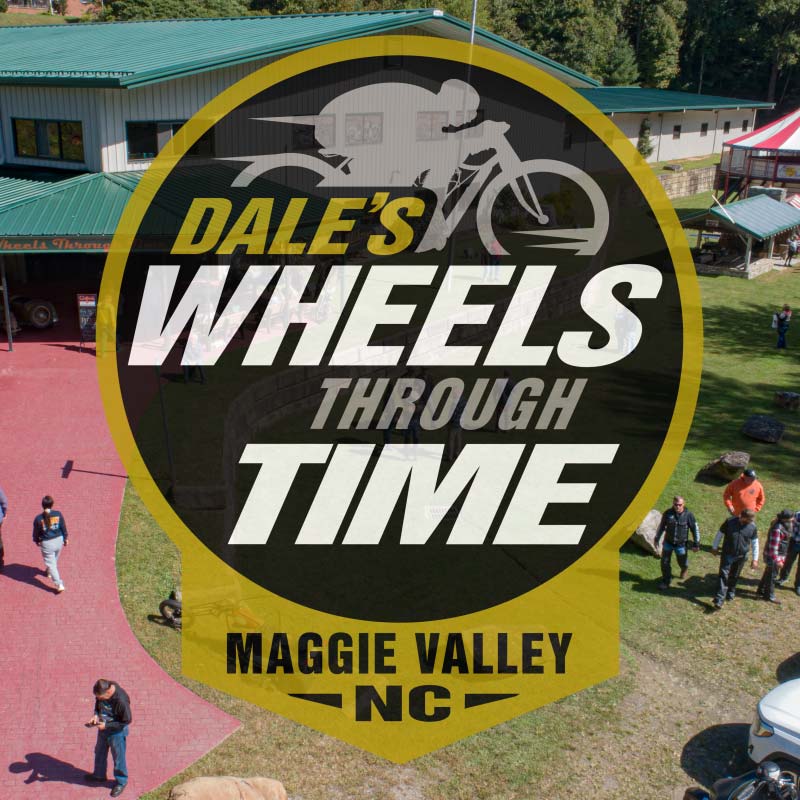Poke
I’m condescending
- Joined
- May 20, 2020
- Member Number
- 763
- Messages
- 1,388
From his museum “A bicycle and motorcycle racer, engine expert, aviation pioneer, and overall early engineering wiz, Glenn Curtiss was the embodiment of creative genius and growth mindset. He never let his inability to accomplish a project stop him from reaching towards his goals, and that determination is what led him to becoming The Fastest Man on Earth, The Father of Naval Aviation, and changing the world of aviation. “
I wandered his museum this weekend and it was really interesting and impressive. The wright brothers did nothing compared to him besides run a better marketing campaign and innovation less. Glen did far more for aviation, engines, motorcycles, etc than they did. He built thousands of planes and bikes over dozens of models and they had like 10 planes.
He did more by the age of 30 than all of us combined.
The last motorcycle in my post is a 4 seater that was driven across the country! Both driver and passenger steer.





I wandered his museum this weekend and it was really interesting and impressive. The wright brothers did nothing compared to him besides run a better marketing campaign and innovation less. Glen did far more for aviation, engines, motorcycles, etc than they did. He built thousands of planes and bikes over dozens of models and they had like 10 planes.
He did more by the age of 30 than all of us combined.
The last motorcycle in my post is a 4 seater that was driven across the country! Both driver and passenger steer.



